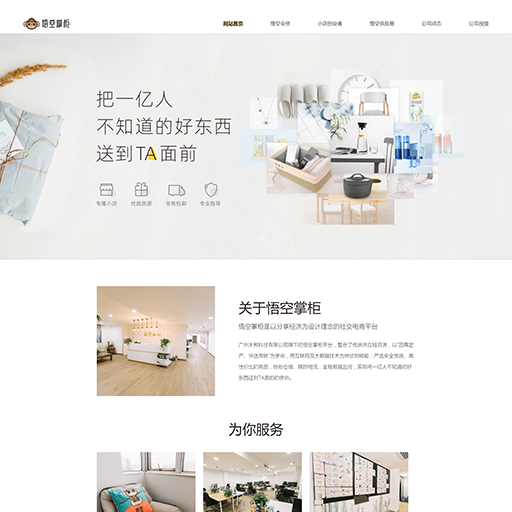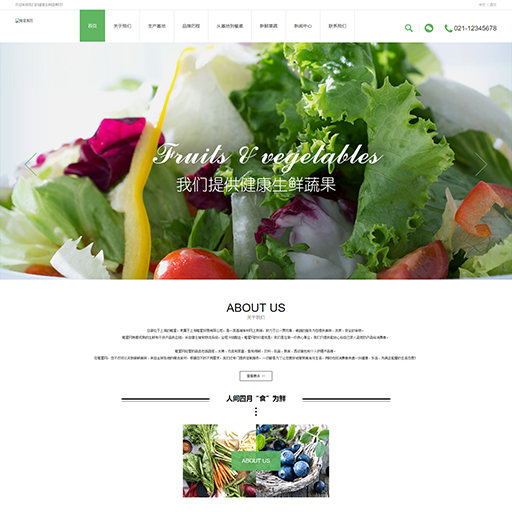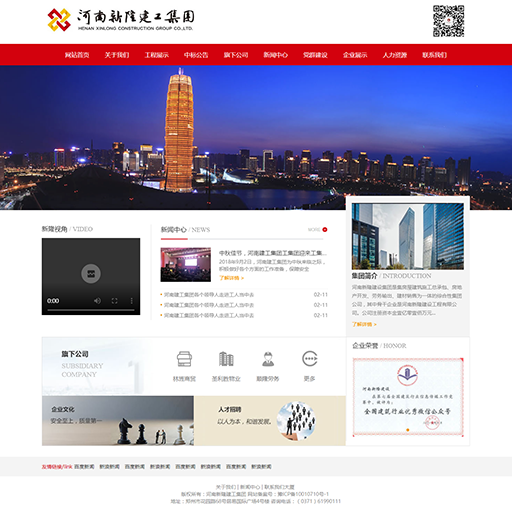.NET WHERE子句用途
where 子句用于指定类型约束,这些约束可以作为泛型声明中定义的类型参数的变量。
1.接口约束。
例如,可以声明一个泛型类 MyGenericClass,这样,类型参数 T 就可以实现 IComparable<T> 接口:
public class MyGenericClass<T> where T:IComparable { }
2.基类约束:指出某个类型必须将指定的类作为基类(或者就是该类本身),才能用作该泛型类型的类型参数。
这样的约束一经使用,就必须出现在该类型参数的所有其他约束之前。
class MyClassy<T, U>
where T : class
where U : struct
{
}
3.where 子句还可以包括构造函数约束。
可以使用 new 运算符创建类型参数的实例;但类型参数为此必须受构造函数约束 new() 的约束。new() 约束可以让编译器知道:提供的任何类型参数都必须具有可访问的无参数(或默认)构造函数。例如:
public class MyGenericClass <T> where T: IComparable, new()
{
// The following line is not possible without new() constraint:
T item = new T();
}
new() 约束出现在 where 子句的最后。
4.对于多个类型参数,每个类型参数都使用一个 where 子句,
例如:
interface MyI { }
class Dictionary<TKey,TVal>
where TKey: IComparable, IEnumerable
where TVal: MyI
{
public void Add(TKey key, TVal val)
{
}
}
5.还可以将约束附加到泛型方法的类型参数,例如:
public bool MyMethod<T>(T t) where T : IMyInterface { }
请注意,对于委托和方法两者来说,描述类型参数约束的语法是一样的:
delegate T MyDelegate<T>() where T : new()




